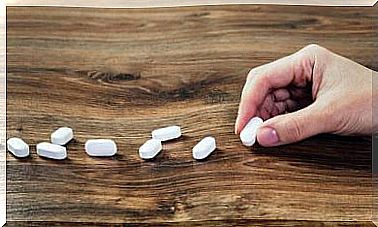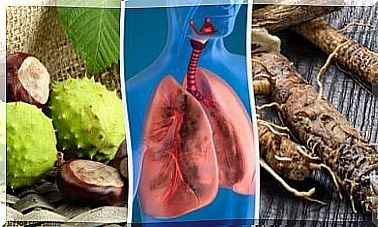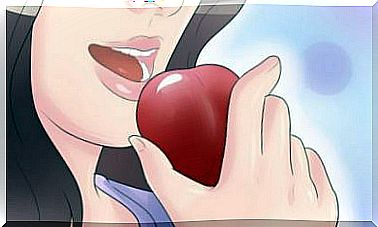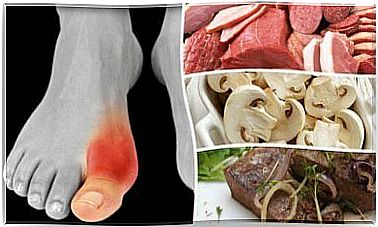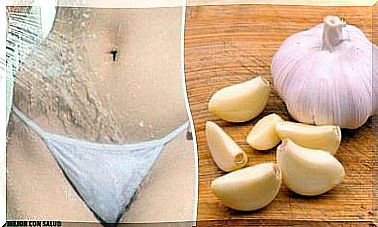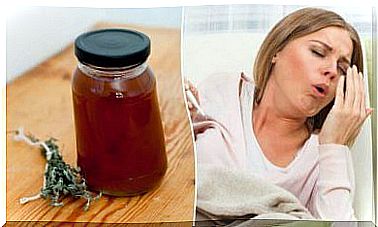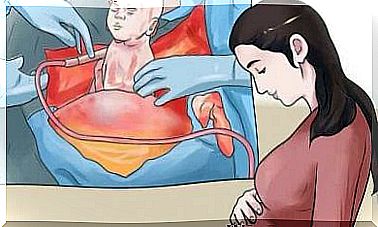Adolescent Diabetes And Its Characteristics

There are two different types of juvenile diabetes, but the most common is type 1 diabetes. This type of diabetes is insulin dependent, which means that it requires an external insulin supply. Overall, it is the most common type since type 1 diabetes accounts for over 90% of cases of diabetes diagnosed in children under the age of fourteen.
Diabetes is a disorder of the endocrine system that is characterized by the low production of insulin in the pancreas, which leads to the accumulation of high levels of sugar (glucose) in the blood. It is usually due to an autoimmune origin since the body itself destroys the cells in the pancreas that are no longer functional.
On other occasions, insulin production may be normal, but the cells are unable to take advantage of it due to an error. This is usually the case with type 2 diabetes.
Diagnostic criteria for juvenile diabetes
The diagnosis of juvenile diabetes consists of measuring the fasting blood sugar level (glycemia), which should not exceed 126 mg / dl (7 mmol). This is according to the criteria of the International Association of Pediatric and Adolescent Diabetes ADA-ISPAD 2014.
Your blood sugar is high when you fast, so your doctor will also do other tests to confirm juvenile diabetes. They need to find out what type it is and rule out other diseases that also present with hyperglycemia. This is because the treatment of these diseases is different and the prognosis will be worse if it is not diagnosed in time.
After a diagnosis, the patient must begin treatment to check the blood sugar level immediately. This also helps prevent ketoacidosis. This is because this can complicate the forecast.
Frequency and age of onset of the disease
Adolescent diabetes mellitus type-1 is becoming more common and usually manifests itself between the ages of 1 day and 14 years. Doctors diagnose about 10 to 25 cases for every 100,000 children in this age group. However, there is a significant increase in children under 5 years of age.
Signs and symptoms of juvenile type 1 diabetes
To avoid misdiagnosis , doctors measure blood sugar levels on at least two different days. They consider the following to be a positive outcome for type 1 diabetes:
- Blood sugar: higher than 200 mg / dl (11.1 mmol).
- Blood sugar after eight hours of fasting: higher than 126 mg / dl (7 mmol).
- Glycemia two hours after eating carbohydrates: more than 200 mg / dl (11.1 mmol).
Patients with childhood diabetes usually present the 3 P chart:
- Polyuria: they pee a lot.
- Polydipsia: they drink a lot.
- Noticeable weight loss.
Therefore, the typical scenario for a child with juvenile diabetes arriving at the emergency department usually shows these symptoms:
- Polyuria, which is sometimes responsible for bedwetting.
- Polydipsi.
- Weight loss, partly due to ketonemia (accumulation of acidic radicals due to incorrect sugar metabolism), which in turn leads to extreme weight loss.
- Sometimes there is non-specific abdominal pain and even vomiting.
- There is usually no fever.
- Much decline in their general state of health in the form of drowsiness, weight loss and sunken eyes.
- Fast and shallow breathing that must be done through the mouth, leading to a dry tongue.
- Their breath “smells like green apples” due to ketoneemia.
- Finally, they usually maintain a normal blood pressure and central pulse.
Differential diagnosis of juvenile diabetes
Although the most common cause of hyperglycemia is diabetes mellitus, it is also important to consider the possibility of other diseases such as:
- Cases of hyperglycaemia and glycosuria (presence of glucose in the urine).
- Stroke.
- Intravenous therapy.
- Dehydration with high levels of sodium in the blood.
The symptoms of ketoacidosis:
- Sudden and severe abdominal pain.
- Acetylsalicylic acid (aspirin) poisoning.
- Recurrent ketotic hypoglycaemia.
Symptoms of severe ketoacidosis:
- Acetylsalicylic acid (aspirin) poisoning.
- Hypoglycemic coma.
- Hyperosmolar coma.
- Stroke.
- Lactic acidosis.
Treatment of juvenile diabetes
Overall, the treatment of this disease aims to control the metabolic level as well as avoid complications that are both acute and chronic. Usually, these are the symptoms that can affect the development of children with juvenile diabetes.
In the treatment of juvenile diabetes, education and training of the child and the family is very important. This allows them to control the disease and avoid complications.
There are thus three basic pillars in the treatment of diabetes:
- First , adequate doses of insulin must be given because the body is unable to produce or use this hormone properly.
- Secondly, one must follow the right diet to avoid overloading the insulin system by regulating the amount of carbohydrates one eats.
- Third , one has to exercise to increase glucose consumption from the muscles as well as achieve a balance between what the person ingests and what they use.
Progress and expectations for available treatments
Fortunately, one tries hard to educate and train children regarding diabetes. However, some of the challenges are:
- Simplify insulin syringes and the like.
- Edit the teaching materials to make it more interesting for children.
- Finally, convene courses, workshops and summer schools. These help children to become aware of as well as normalize the disease.
The advances we expect in the future will also simplify the lives of diabetics. Systems and procedures are likely to have fewer punctures and a lower frequency of insulin delivery in general.
In addition, we can also expect advances in new gene therapies as well as the synthesis of insulin compounds to improve patients’ lives. There are many children with diabetes. However, there is a bright future when it comes to controlling it.
